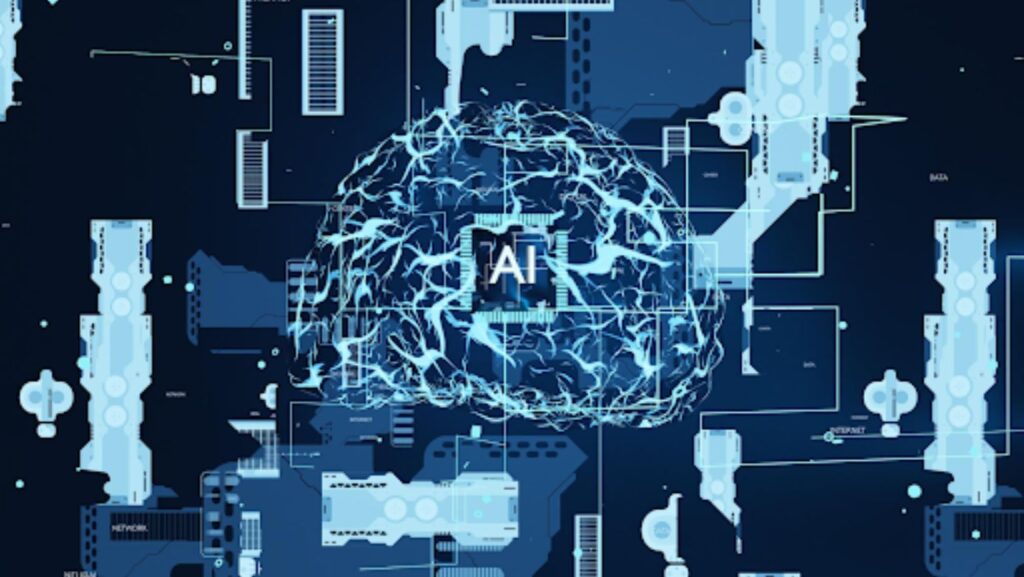Generative AI is a subcategory of artificial intelligence, and it’s considered to be a groundbreaking development of a different kind of machine that can think, create, and mimic. It is predicated on algorithms that permit it to generate new data, which is a great aid in numerous fields, as is the data used to train the model. It is vital to familiarize oneself with the existing structure of generative AI and its possibilities and effects in various industries.
The Genesis of Generative AI
It is also important to indicate that generative AI is rooted in artificial intelligence and machine learning developments. It should be noted that earlier AI systems were strictly based on rule-processing and rule-based decision-making. However, the advancement of the field of deep learning and the introduction of neural networks complicated the issue.
The breakthrough in generative AI can be assessed to have occurred in 2014 when Ian Good fellow proposed Generative Adversarial Networks (GANs). It is composed of two neural networks, wherein one is the generator and the other is the discriminator which take turns in constructing feedback loops.
Core Technologies Behind Generative AI
So, in fact, generative AI draws on several basic technologies, which are discussed below regarding their joint potential: These systems contain deep learning, especially through multilayered neural networks to process and generate the data. CNNs and RNNs are two other popular architectures of generative AI with CNN suitable for image generation and RNN for text generation.
The CNNs are mainly suitable for image and video generation. They work with convolution layers to capture patterns of the visuals and help in generating detailed images and videos.
Applications Across Various Sectors
The possibilities offered by the generative AI have been incorporated in so many fields, each applying the possibilities in its own way for improvement purposes.
Healthcare
In healthcare, generative AI is increasingly being applied in the provision of client care as well as in medical research. It facilitates drug discovery by modeling how compounds react with biological targets, which greatly accelerates the process of finding new drugs. Further, generative AI is applied to generate synthetic datasets in the healthcare sector, ensuring patients’ data would not be compromised while researchers can work on creating and experimenting with new hypotheses.
Generative AI also improves the diagnostic activities since it produces detailed images of the body and helps in the interpretation of diagnostic data. For more insights into the applications of generative AI in healthcare, please visit http://www.johnsnowlabs.com/generative-ai-healthcare/. Such developments are gradually helping in making medical treatments individualized and effective, contributing to better health of patients, and boosting medical science progress.
Entertainment and Media
With AI, generative has been adopted in the entertainment industry They this for the productions. Automated music, painting, and even scripts are not extraordinary any longer. In movie and video games, generative AI finds application when creating visual effects, characters, and settings.
Finance
The following are some of the ways through which the help generate AI is benefiting the financial sector today; Generative models work with big volumes of financial data so, it can automatically find out the odd patterns and suspecting the frauds. They also develop statistical hypothesis for market behaviour to enable banking institutions plan their investment plans.
Manufacturing and Design
In production, generative AI is applying radical changes in product design and its improvement. It creates unique concepts that are used to achieve certain objectives, which sometimes lead to less of an environmental impact in the producing products. Self-learning generating systems enable engineers to consider many more design options; this results in semantic advancements in engineering design.
Education
The sector of education is using generative AI to develop individual lessons. It is a fact that the learning platforms developed with the support of artificial intelligence produce unique educational material based on the learner characteristics. Virtual tutors, with the use of generative AI, enhance the learners’ experience by allowing them to practice while receiving feedback and guidance in real-time.
Ethical Considerations and Challenges
At the same time, the possibilities of using generative AI are enormous, but the related issues of concern and ethical dilemmas should not be disregarded.
Bias and Fairness
In the false and realistic data, generative AI models thus power completion appear or amplify biases of the data used for the training. This may lead to unfair or discrimination if the result is being determined by the algorithim especially in critical areas like medical and banking.
Transparency and Accountability
Generative AI models that are opaque also pose a problem of transparency since many of them work like a black box. These are mathematical models whose working is hard to decipher, and thus it becomes almost impossible to have faith in and verify their results.
Privacy and Security
As we have seen, generative AI can at times depend on large quantities of data meaning that data protection is an issue. Adhering to requirements stated in data protection legislation on how to anonymise data and how to ensure that data is protected is critical in preserving the privacy of individuals.
Conclusion
Therefore, it is possible to state that the current state of generative AI is all about powerful and truly transformative technology that is, however, hardly monolithic and clear-cut. It is cross-sectoral, signifying new opportunities and manifestations in many fields. If they are properly resolved, these drawbacks will not hinder the development of new ideas by means of generative AI but on the contrary, will help in establishing a new positive future.
